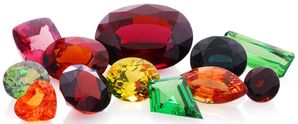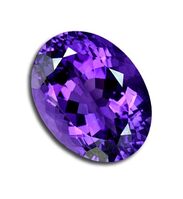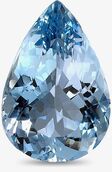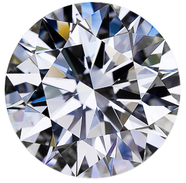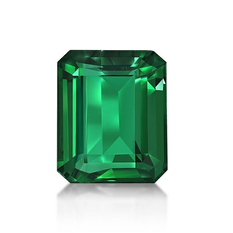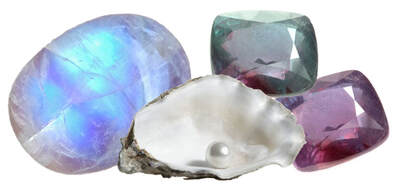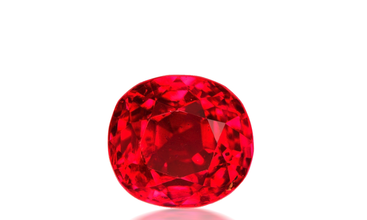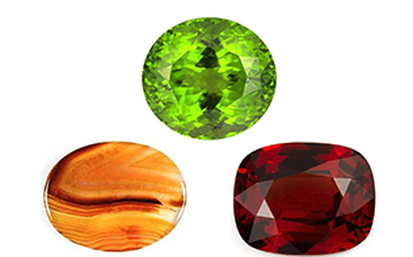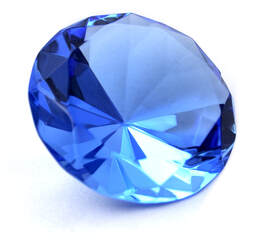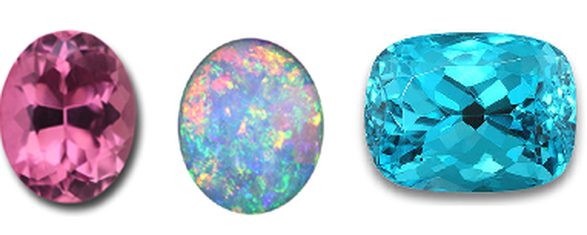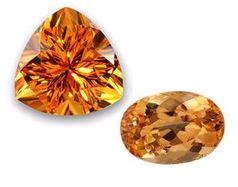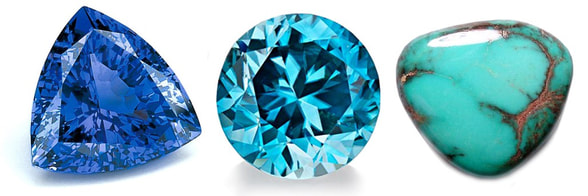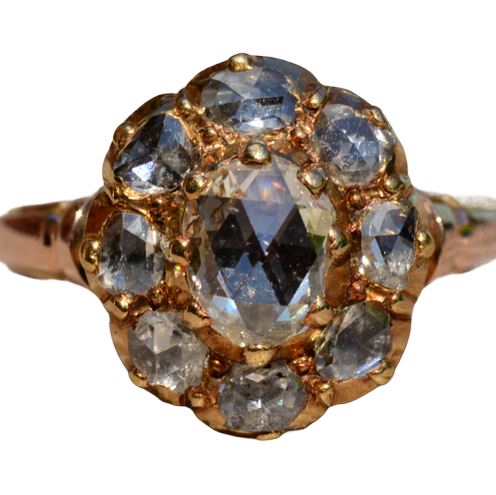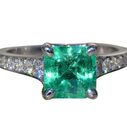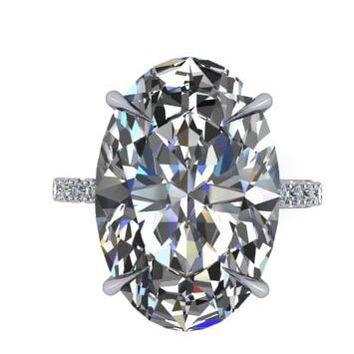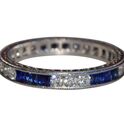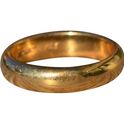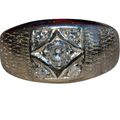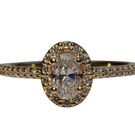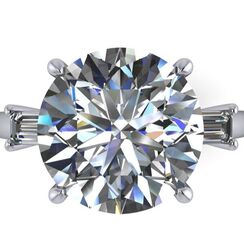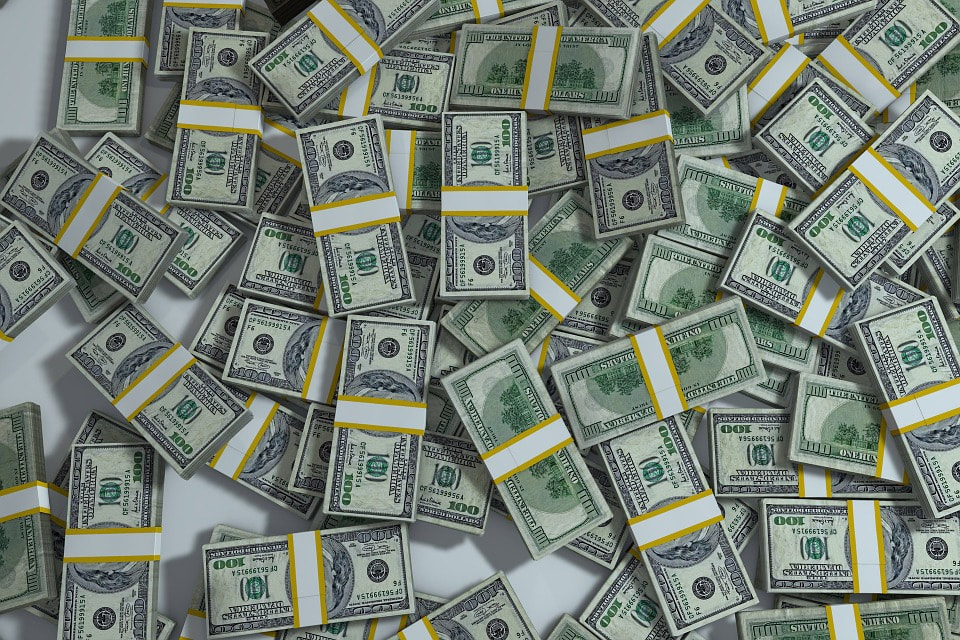Birthstones
The origin of the birthstone is believed to date back to the breastplate of Aaron, in the Tanakh, which contained twelve gemstones. These gemstones and their significance transferred throughout most religions over time. There are legends about the healing powers and therapeutic influences of stones that have also been passed down from generation to generation. According to these legends,
wearing a gemstone heightens healing powers.
While lucky babies born in April receive a diamond as their birthstone. Each month's birthstone offers beautiful examples of some of the finest gemstones in the world.
wearing a gemstone heightens healing powers.
While lucky babies born in April receive a diamond as their birthstone. Each month's birthstone offers beautiful examples of some of the finest gemstones in the world.
|
JANUARY
Garnet is not a single mineral, but describes a group of several closely related minerals. Garnets come in a variety of colors and have many different varieties. FEBRUARY
Amethyst is the purple variety of quartz. It ranges in hues from a deep rich purple, to a light, almost pink hue. MARCH
Aquamarine and Bloodstone: Aquamarine is a precious stone consisting of a light bluish-green variety of beryl. Aquamarine, can also come in a rich blue, light blue, and greenish-blue. Bloodstone comes generally in a rich mossy green with red speckles mixed throughout. MAY
Emerald is a gemstone and a variety of the mineral beryl colored green by trace amounts of chromium and sometimes vanadium. The green ranges in color from a vivid bluish-Green to a true green and yellowish-Green. JUNE
Pearl, Alexandrite and Moonstone. June’s birthstones range from creamy-colored opalescent pearl and moonstone to the rare color-changing Alexandrite—one of the most valuable gems on earth. Alexandrite changes from a bluish or greenish color to a reddish or purplish color! JULY
Ruby, the king of precious gems, a pink to blood-red colored gemstone, a variety of the mineral corundum AUGUST
Spinel, Sardonyx, and then Peridot. Spinel is the magnesium aluminum member of the larger spinel group of minerals and comes in colors ranging from reds and pinks to purples and blues. Sardonyx, a lesser known birthstone for august, is a banded variety of the oxide mineral chalcedony and has white and orange banding. Peridot, the most popular birthstone for August, is gem quality Olivine and has a rich yellowish-Green color SEPTEMBER
Sapphire is a variety of the mineral corundum, an aluminum oxide. Sapphires typically come in blue however there are 'fancy' color sapphires that come from greens, to yellows, to pinks and purples. OCTOBER
Tourmaline is a crystalline boron silicate mineral compounded with elements such as aluminum, iron, magnesium, sodium, lithium, or potassium. It comes in pinks, blues, greens etc. Opal is a hydrated amorphous form of silica; its water content may range from 3 to 21% by weight, but is usually between 6 and 10% and comes in blues, whites, and even clear often the best will have play-of-color. NOVEMBER
Topaz is a silicate mineral of aluminum and fluorine with the chemical formula Al₂SiO₄(F, OH)₂ and comes in blues and oranges. Citrine is a color, the most common reference for which is certain colored varieties of quartz which are a medium deep shade of golden yellow. DECEMBER
Tanzanite is the blue and violet variety of the mineral zoisite belonging to the epidote group. Zircon is a mineral belonging to the group of nesosilicates. Its chemical name is zirconium silicate and its corresponding chemical formula is ZrSiO₄ and comes in blues and greenish-Blues. Turquoise is an opaque, blue-to-green mineral that is a hydrated phosphate of copper and aluminum, with the chemical formula CuAl₆(PO₄)₄(OH)₈·4H₂O. |
For a daily dose of our latest finds, stories and historical insight,
follow
follow
